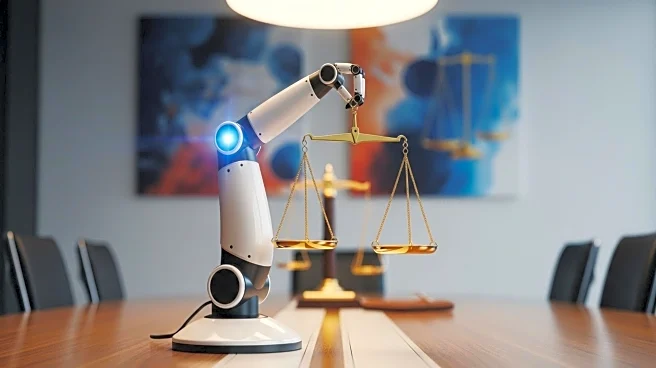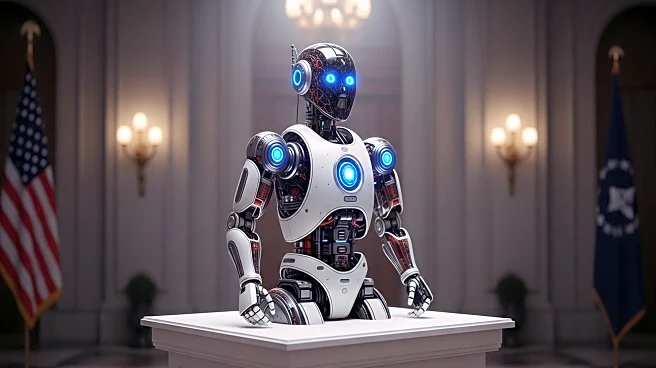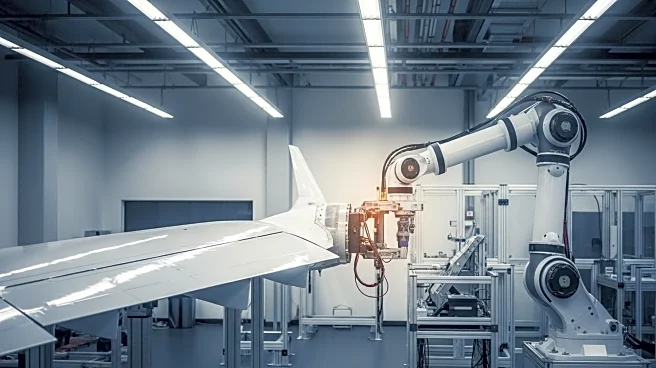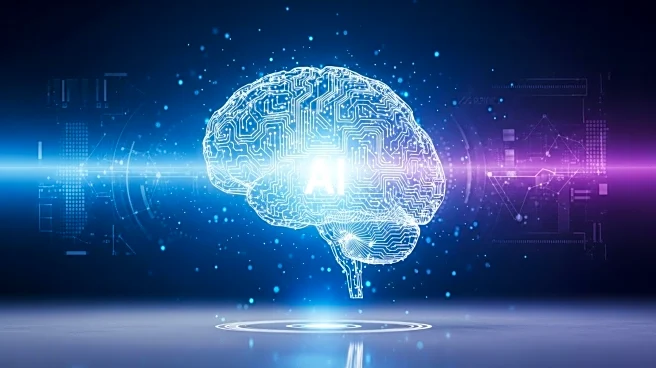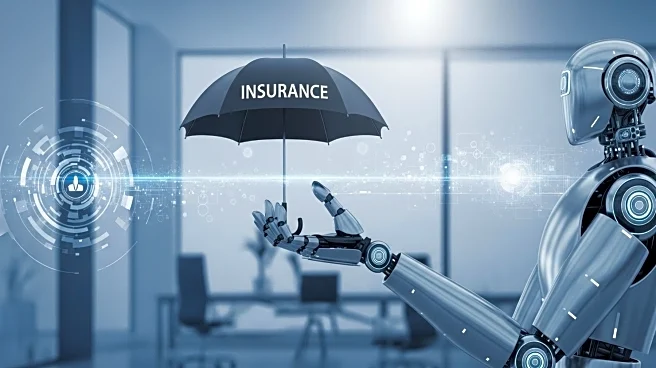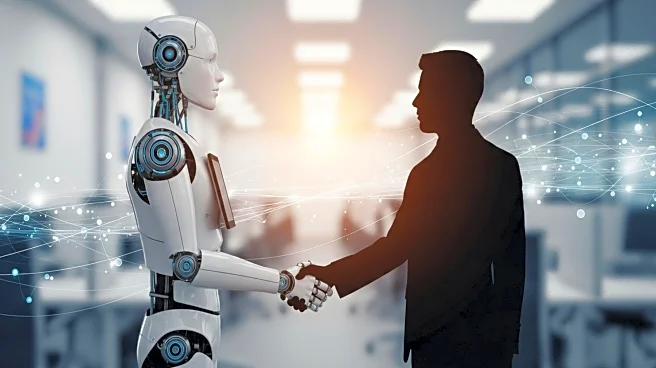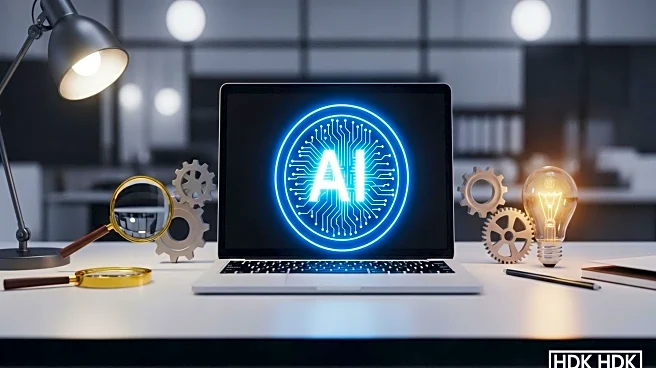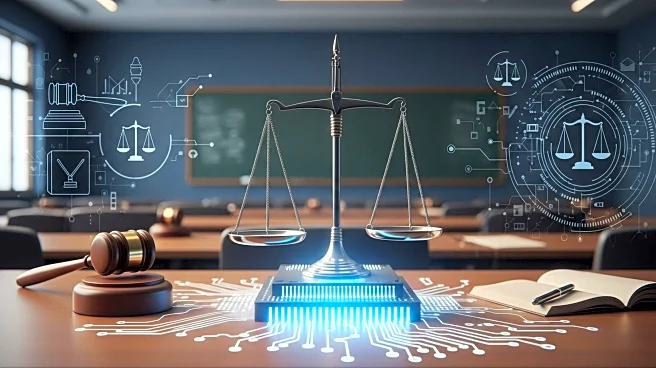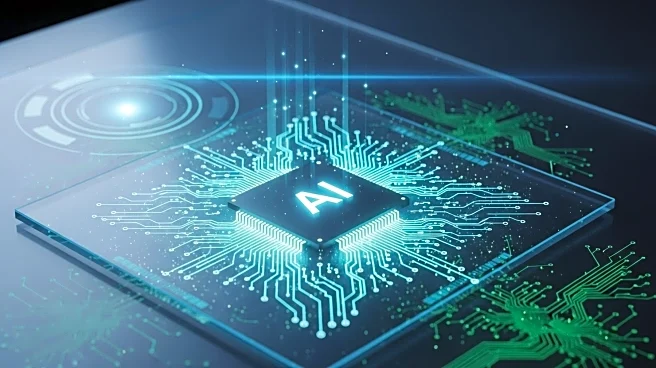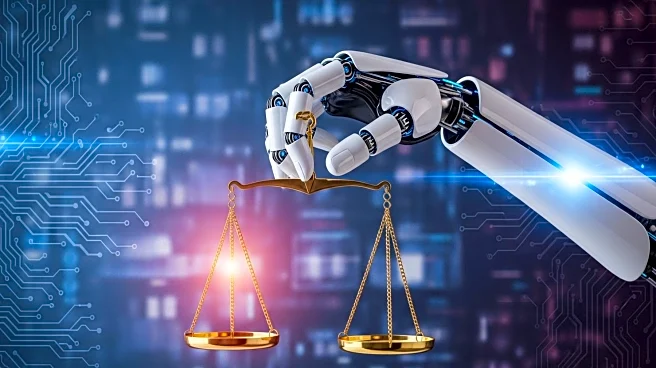What is the story about?
What's Happening?
The role of the general counsel (GC) is evolving with the integration of artificial intelligence (AI) into legal functions. The modern GC is now seen as both a chief legal technologist and a strategic architect, advancing the concept of 'Legal R&D.' This approach involves developing playbooks and frameworks that continuously innovate legal strategies and integrate across disciplines. Legal R&D is likened to traditional research and development processes, focusing on testing hypotheses and learning from controlled experimentation to create new legal strategies. This shift aims to transform legal departments from cost centers into strategic assets, leveraging AI to expand the reach of the GC's experimental process. AI accelerates this process by generating, testing, and refining hypotheses at speed, making Legal R&D an accessible and integrated part of daily practice.
Why It's Important?
The transformation of the GC role through Legal R&D and AI integration is significant for several reasons. It positions legal departments as strategic assets rather than mere cost centers, allowing them to contribute to lasting competitive advantages. By automating routine work, legal teams can focus on developing frameworks that anticipate future challenges and build intellectual capital. This shift is crucial in the rapidly evolving AI landscape, where tools can offer transformative capabilities. The dual role of the GC as a technologist and strategist enables them to leverage AI's efficiency and strategic capabilities, providing a competitive edge. This interdisciplinary approach is vital for true innovation, particularly in AI deployment that transcends traditional departmental boundaries.
What's Next?
As the role of the GC continues to evolve, legal operations are expected to become the strategic nerve center of legal departments. This shift elevates legal ops from a support function to a partner in transformation, focusing on futurecasting and technology implementation. Legal ops professionals will design and manage processes and data to ensure successful automation, coordinating updates to templates and knowledge bases. This partnership between GCs and legal ops teams will drive the transformation of legal departments into strategic assets, enabling the strategic process of Legal R&D and the technology that accelerates it. The next steps involve analyzing the human dimension of AI adoption, focusing on cultural change management and the GC's role in modeling technological fluency and innovation.
Beyond the Headlines
The integration of AI into legal functions raises ethical and cultural considerations. As AI tools become more prevalent, legal teams must ensure responsible use and effective deployment. This requires careful evaluation of AI tools to distinguish substantive use-cases from mere technological demonstrations. The partnership between GCs and legal ops teams is crucial in managing vendor relationships, evaluating ROI, and ensuring seamless integration. This collaboration not only transforms legal departments but also sets a precedent for interdisciplinary innovation across industries. The cultural shift towards embracing AI and Legal R&D will require ongoing adaptation and learning, highlighting the importance of strategic foresight and technological fluency.
AI Generated Content
Do you find this article useful?
